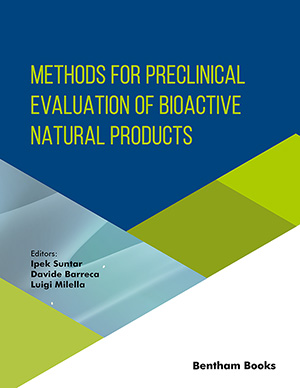Abstract
The intestine seems to have solved a rather complex problem in immune surveillance, being able to capture luminal pathogens and trigger protective immunity yet tolerating the abundant array of ingested food antigens and commensal bacteria. Moreover, uptake mechanisms, while providing a surveillance method, also risk revealing a convenient gateway for the entry of live infectious pathogens. In this review, we look at the main elements of the immune surveillance of the intestinal lumen, focusing on the variety of solutions to selectively detect pathogens while maintaining an effectively sealed epithelial barrier. Among the innovative solutions described, we also address the relative impact of each mechanism on the induction of mucosal immunity. While some mechanisms may be effective in uptake, M cells present the most sophisticated array of mechanisms for selective and efficient capture of microbial particles. Though the contents of the gut are freely moving in the lumen, once M cells uptake matter, well-coordinated distribution of contained antigen and particles to distinct antigen presenting cells commences. M cells are a valuable tool for the maintenance and protection of the intestine and need to be further studied so their transcytotic potential can be employed for the advancement of vaccine therapeutics.
Keywords: Antigen presenting cell, enterocyte, immune surveillance, intestine, membranous/microfold (M) cell, Peyer's patches, transcytosis.




























